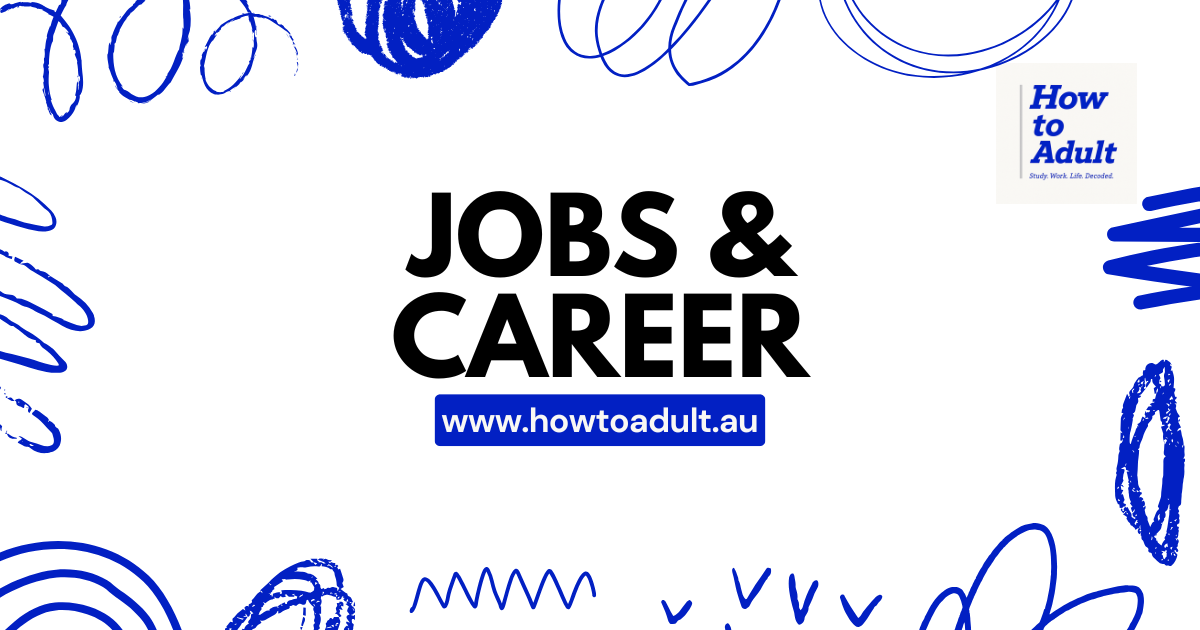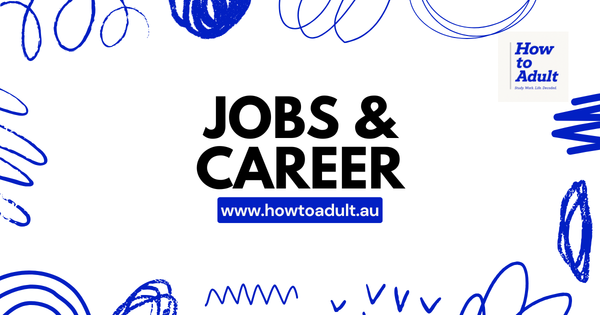🧾 How to Read Your Payslip (And Actually Understand It)
Not sure what all those numbers on your payslip actually mean? From tax to super to casual loading, this guide breaks down every section — so you know exactly how you're getting paid and where your money’s going.

Whether you’re in your first job or just haven’t paid attention before, your payslip is more than just “how much you got paid.” It’s a legal document that shows what you earned, what was deducted, and what your employer is obligated to give you. Understanding your payslip is key to protecting your rights, managing your money, and spotting errors before they snowball.
Let’s break it down.
💼 1. The Basics: What’s On Every Payslip
A standard Australian payslip will usually include:
- Your name and employee ID
- The employer’s name and ABN
- The pay period (e.g. “1 June – 14 June”)
- Date of payment (when the money landed in your account)
Every payslip in Australia must include key information so both you and your employer are legally protected. This includes your name, employee ID or payroll number, and the legal name and ABN (Australian Business Number) of your employer. You'll also see the pay period — which is the specific range of dates you’re being paid for — and the payment date, which is when the funds hit your account.
These details are more important than people realise. They help prove your income and employment when applying for things like rental agreements, credit cards, or government services. It’s a good habit to keep a record of your payslips, either in email, PDF, or printed form, just in case you need them later.
💰 2. Earnings: How Much You Actually Earned
This section is where your wages/salary appear. Depending on your job, it might be listed as:
- Ordinary hours (e.g. 38 hours @ $28/hr = $1,064)
- Casual loading (extra 25% on base pay if you're a casual worker)
- Penalty rates (e.g. weekends, public holidays, late nights)
- Allowances or bonuses (like travel, meals, uniforms)
The earnings section shows how much money you made during the pay period — and how that amount was calculated. If you’re a casual or hourly worker, you’ll usually see your hours worked and your hourly rate listed (e.g. 15 hours @ $30/hr = $450). If you’re full-time or salaried, you might just see a flat gross amount. You’ll also want to check for any additional amounts like casual loading, which adds about 25% to your base pay to compensate for things like unpaid leave.
If you worked on a weekend or public holiday, penalty rates should be included. The same goes for any bonuses, allowances, or reimbursements — like travel, uniforms, or meals. It’s important to match this against your roster or timesheet to make sure there are no missing hours or mistakes. Mistakes can (and do) happen, so don’t feel awkward about raising it — it’s your money.
📉 3. Deductions: Where Your Money Went
Your payslip should list all the deductions made from your gross (before-tax) pay. These might include:
- Tax (PAYG): Automatically withheld and reported to the ATO.
- Superannuation: Your employer's contribution is listed separately (it doesn’t come out of your wages).
- Student loan (HELP/HECS): Only deducted once you earn over the threshold (~$51,000/year).
- Union fees or salary packaging: If applicable.
This section can be a bit of a shock — especially the first time you see how much tax is taken out. Deductions are amounts taken from your gross pay (the total before anything is subtracted). Common deductions include PAYG tax (Pay As You Go), which is sent directly to the ATO, and student loan repayments (like HECS-HELP), which only kick in once you earn above the income threshold (around $51,000/year).
Other deductions could include union fees, salary packaging, or garnished payments (which are rare, but relate to legal obligations like child support or fines). Your superannuation — the 11.5% employer contribution — should also be listed, but it’s not a deduction. It’s paid on top of your wages into your super fund, not taken from your salary. Make sure everything listed here makes sense. If you don’t recognise something, ask.
📈 4. Leave Balances (If You’re Not Casual)
If you're a part-time or full-time employee, your payslip might show:
- Annual leave (holiday leave)
- Sick leave (personal leave)
- Long service leave (after 5–10 years, depending on the award)
If you’re a part-time or full-time worker, your payslip should show your accrued leave entitlements. This usually includes annual leave, personal (sick) leave, and sometimes long service leave, depending on your length of employment. It may be listed in hours or days, depending on your employer's payroll system.
Keeping track of your leave balance helps you plan holidays or sick days without guessing. If your leave isn’t listed on your payslip and you’re not casual, you’re entitled to ask for it — and you should. If you’re a casual employee, you won’t see any leave balances because you're not accruing paid leave. Instead, that’s accounted for in your higher hourly rate via casual loading.
💡 5. Why Payslips Matter
Payslips aren’t just a formality — they’re proof of your:
- Income (for tax, loans, and leases)
- Work history and hours
- Legal entitlements (like minimum wage and overtime)
Payslips are more than just a receipt for your paycheck — they’re a legal requirement and one of the best tools you have to protect yourself as an employee. They provide evidence of your pay rate, hours worked, and how you’re being taxed and treated under the law. If anything ever goes wrong (e.g. underpayment, disputes with your employer, or applying for a new job), your payslips are proof.
Employers in Australia must issue a payslip within one business day of payment. If they don’t, or if you’re not receiving payslips at all, that’s a red flag. You can ask your employer to fix it — and if needed, you can contact the Fair Work Ombudsman for free advice and support.
Final Thoughts
Learning how to read your payslip might feel boring at first, but it’s actually one of the most practical adulting skills you can develop. The more familiar you get with how you're paid and what your entitlements are, the more empowered you’ll be to manage your income, plan ahead, and speak up when something doesn’t look right.
Next time you get paid, don’t just look at the number in your bank account. Open your payslip, scroll through the details, and start getting to know what they actually mean.



